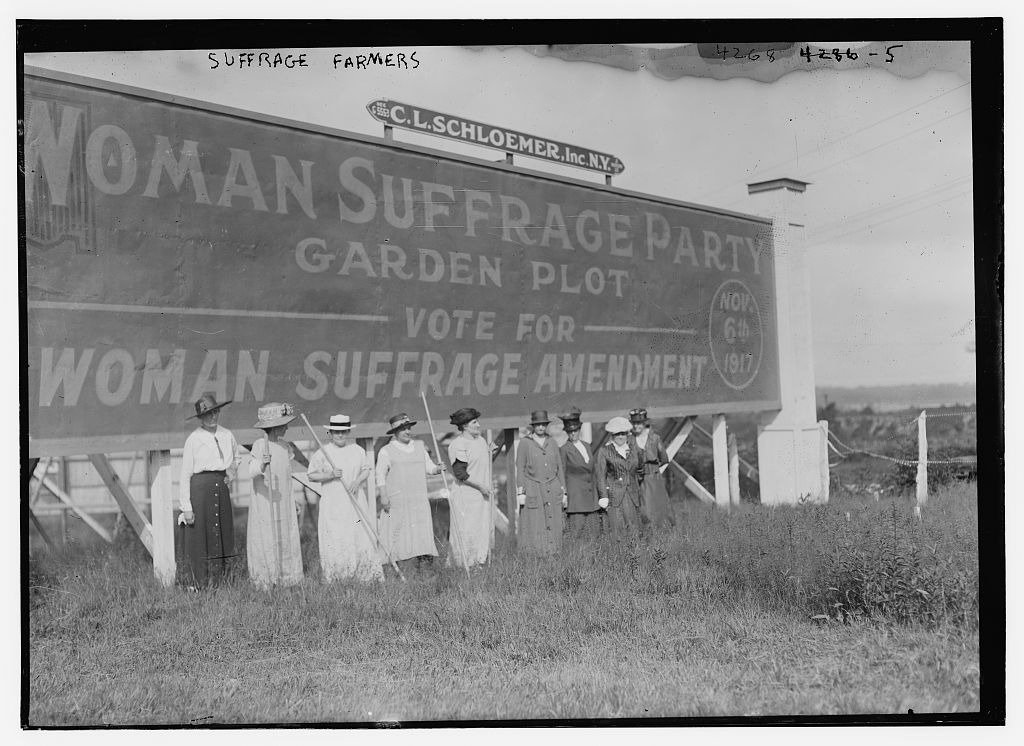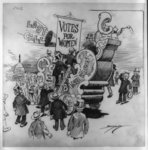Imagine: it’s the late 1800s. Much of the modern world hasn’t been invented. Phones are only 10 years old, TVs wouldn't be made for another 40 years. But computers thrive- in human form.
This slideshow shows previous female or African-American astronomer-mathematicians. In their lifetimes, they weren’t respected as much as white men.
In early American society, white men were erroneously considered superior. Abuse against women and African-Americans was common, justified by societal barriers. In the sciences, white men were similarly deified, while women and racial minorities were ignored. Even laws and science of the time promoted discrimination.
“Why would a black or brown nation stake its future on America’s model of democracy when within its own borders the United States enforced discrimination and savagery against people who looked just like them?”
~Margot Lee Shetterly, Hidden Figures: The American Dream and the Untold Story of the Black Women Mathematicians Who Helped Win the Space Race





Images courtesy of Library Of Congress
Hover to enlarge
“Women, on the other hand, had to wield their intellects like a scythe, hacking away against the stubborn underbrush of low expectations."
~Margot Lee Shetterly, Hidden Figures: The American Dream and the Untold Story of the Black Women Mathematicians Who Helped Win the Space Race
Edward Pickering and Harvard University
In this white-supremacist and patriarchal society, Harvard employee Ed Pickering saw an opportunity. Labor laws of the time only applied to men, so he trained women as "human computers" to save money in the late 19th century. This caused the first female computing pool. Though my topic is considered positive and barrier-breaking, it began from men taking advantage of women.